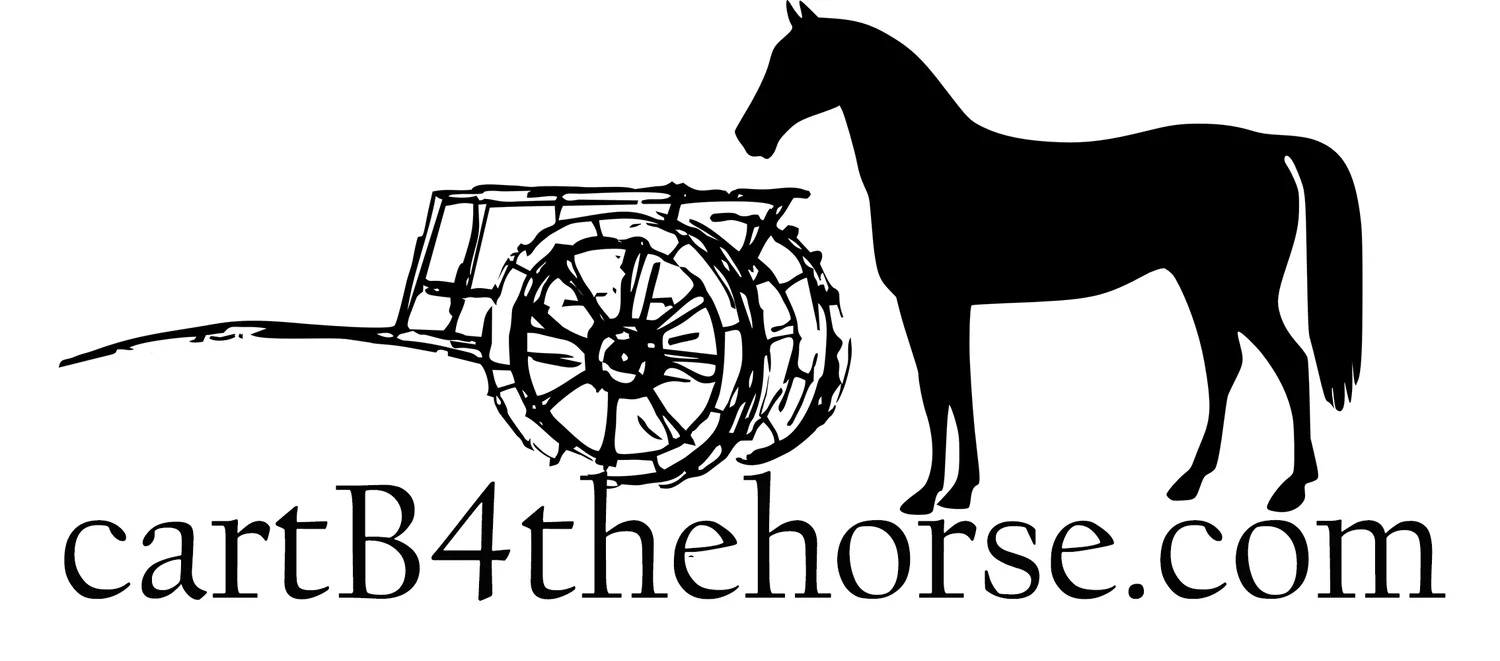Then and Now: “One equal temper of heroic hearts”
/Alexander Dumas wrote a sequel to The Three Musketeers called Twenty Years After to describe the continuing spirit of his heroes two decades later. Those French gendarmes had nothing on the aging voyageurs of La Salle: Expedition II, now forty years after their incredible journey.
PHOTO BY Barton dean
Then and now: Marc Lieberman (foreground, left) hauls equipment uphill on the gravel of Weston Road in September 1976. Forty years later expedition photographer Bart Dean (left) and voyageur Keith Gorse lead expedition veterans on a 6.5-mile hike along the now-paved road.
Photo by Craig P. Howard
Most of the crew assembled Aug. 6 at Jackson’s Point on Lake Simcoe north of Toronto to celebrate the anniversary of their launch in Montreal on Aug. 11, 1976. Some brought spouses, parents or children. Barbecue and beer accompanied the fellowship, renewed for many for the first time since the 35th anniversary reunion of their 1977 arrival at the Gulf of Mexico, 3,300 miles and eight months after they had begun.
As teenagers in 1976, the canoe men of La Salle: Expedition II paddled up the St.
Lawrence River and fought big waves on Lake Ontario before starting an arduous portage north across metro Toronto.
Dressed as 17th century voyageurs, the travelers wore moccasins that scarcely cushioned their feet as the boys trudged five miles for every road mile – a total of 175 miles – ferrying six canoes and three tons of equipment. The caravan marched over hot city pavement and rural gravel roads and through hills so rugged that La Salle himself called them les montagnes.
And that was the easy part.
The boys became men as they paddled their canoes into the coldest winter in the history of the Midwest. Lake Michigan froze from shore to shore, and all the rivers iced solid, including the mighty Mississippi. The 35-mile Toronto portage paled beside the 500-mile hike from southern Michigan to southern Missouri, where the river ran free again.
Jackson’s Point on Saturday, the Leslie family, who had accompanied the teenage travelers through the eleven-day portage and met them at the end in New Orleans, brought a cake. Then there were speeches.
The next morning the voyageurs once again gathered deep in the Ontario hills for a 6.5-mile hike along hilly Weston Road to the place where they had once again eased their canoes into water at the Holland Canal and paddled toward a rendezvous with history.
Almost immediately there was a roll call of the dead: a squashed turtle, a crushed skunk, a flattened snake, and a gutted possum. They lay strewn along the side of the road every half mile or so. Each time his mates called for Chuck Campbell, who during the 1976-77 trek had affixed so many furry odds and ends to his livery that they had taken to calling him “Road Kill.”
After two and a half hours of walking and talking, joking and catching up, the voyageurs and a couple of their wives reached the canal. Navigator Ron Hobart assured them that this was indeed the place where they had relaunched the canoes. By this time, men in their late fifties and seventies were ready to sit down. But while their feet were weary their steps were light.
Adventure was in their blood. They had, as the poet Tennyson once wrote, acquired “one equal temper of heroic hearts.
Photo By Barton Dean
Photo by Craig P Howard
Liaison team member Cathy Palmer sits guard over exhausted voyageur Mark Fredenburg in 1976 during the Toronto portage (left).On Sunday, Aug.7 La Salle II veterans pause at a sign marking the historic voyageur portage route. They include (standing from left) Keith Gorse, Bob Kulick, Gary Braun, Terry Cox, George Lesieutre, Sam Hess, Chuck Campbell and Marc Lieberman and (kneeling) Cathy Palmer and Randy Foster.








